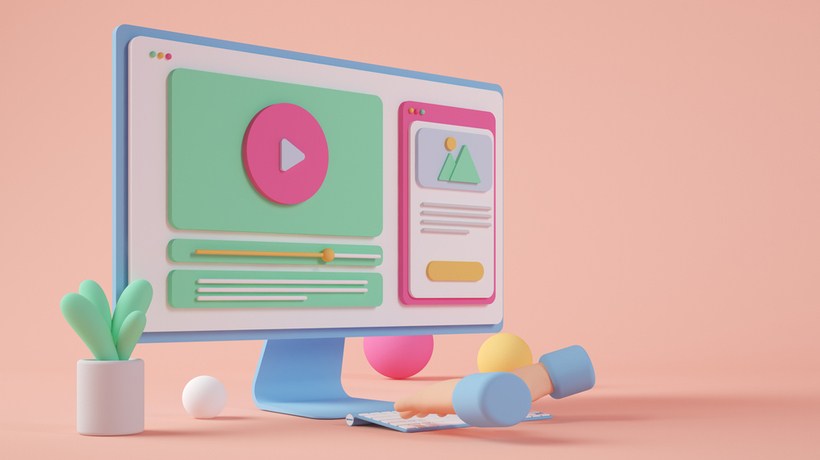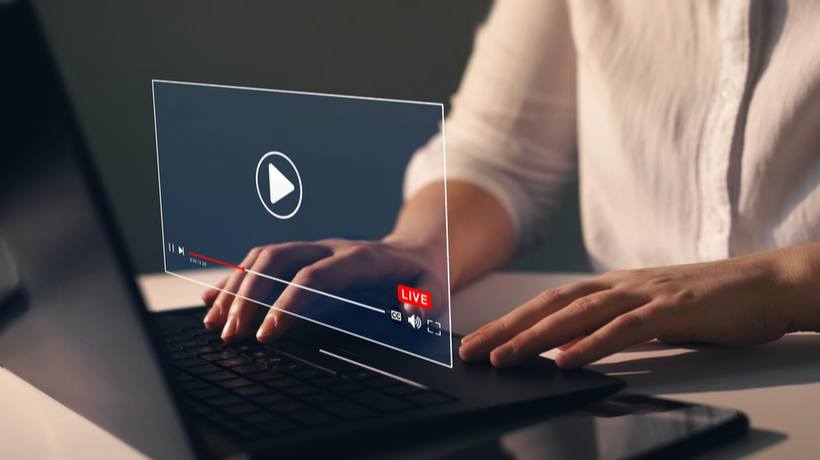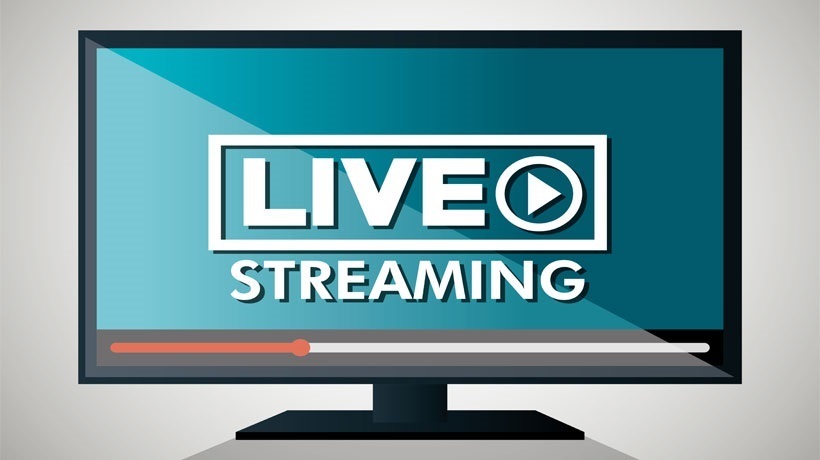Video Platform For Education
Post the COVID-19 outbreak, the world shifted from the traditional education system to the online classroom system. Video conference rooms and platforms that provide live streaming for education have caught up with the market in the last two years. Globally, the online learning market generated a revenue of $46.67 billion in 2016. By April 2020, 98% of educational institutions will have adopted educational video platforms. In 2020, 180 million people used Massive Open Online Courses. 41% of students found the online learning experience better than the physical classroom experience, and 90% of companies used eLearning platforms for employee training. In this article, we will discuss the reasons why online learning is the future of education in 2022.
10 Reasons Why Online Video Streaming Is The Future
1. Cost-Effective When Compared To Traditional Education
Pay-per-class and payment in installment models are available for online learning. Discounts and scholarships are also available on several platforms owing to the competitive space. Students save on the cost of commuting and study materials.
2. Offers Flexible Schedule
Online class timings can be fixed based on the convenience of the teacher and the students since it is on a virtual platform. This offers better work-study balance for students and better work-life balance for employees in official training programs.
3. Easy To Access
A device and a good internet connection are all one needs to access online education platforms. This makes it easy for people to learn on the go. Students can learn from anywhere in the world, while they hold a full-time job, travel, or study full-time.
4. Offers Improved Learning Experience
When you build an educational video platform, your students can learn at their own pace. They are not required to have a specific time allotted every day to take a live online class. They can watch recorded videos and learn without any pressure.
5. Students Can Customize The Learning Experience
Educational video streaming services operate under many different models: the traditional classroom model with one teacher and many students, one small batch of students with a trainer, one-to-one teaching, and recorded videos where students can learn at their own pace. Students are free to choose the model they prefer and customize their learning experience.
6. Demand For Online Video Education Platforms Has Increased Post COVID-19
As the world went digital after the COVID-19 outbreak, the demand for online video education platforms increased. Educational institutions, trainers, and businesses have adapted to eLearning models as they experience high-quality education remotely. The eLearning market generated a revenue of $101 billion in 2019 globally. It is forecasted to grow to $360 billion in 2026.
7. Educational Video Streaming Services Offer A Wide Selection Of Programs
All offline training institutes and trainers moved their classes online. Experts of all industries also began online classes and promoted them through different mediums on the internet. This has given rise to virtual classes for a plethora of skills, arts, and subjects for people of varied interests and age groups. There is something for everyone and people have a wide range of trainers and training institutions to choose from.
8. Online Video Education Platforms Have Higher Retention Rates
When compared to traditional university courses and physical classroom training, the best online video platforms have higher retention rates. This is owing to reduced financial burden, the ability to access learning material and classes virtually, and the facility for the students to learn at their own speed. It allows students to opt for any virtual learning model with recorded videos available to the students for a lifetime, support groups available to clarify any questions after implementing the skills taught in the online class, a one-to-one coaching model, etc.
9. High-Quality Interaction
Trainers and teachers can utilize a variety of learning methods online and decide on the number of students they will allow enrolling in a class. This increases the quality of interaction between the teacher and the students as the teacher can pay more attention to the students when compared to a jam-packed physical classroom.
10. Students Can Learn At Their Own Pace
With multiple online education models available, students can choose live, prerecorded, or classroom models. If a student wants to learn actively and master a subject within a stipulated period of time, they can opt for hackathons where a topic is discussed in each class followed by an actionable assignment. This gives the student an experiential learning experience. Prerecorded videos are available for a lifetime so that students can learn at their own pace.
Conclusion
The online learning and teaching community has proven that there is no age for education. People of all ages and backgrounds have come forward to invest their time to learn a skill or subject post the COVID-19 lockdowns. People can choose what interests them, assess their situation and decide on the virtual class they would like to take and the online learning model that works best for them. Though the world had to adapt to online education owing to the COVID-19 pandemic, it has worked well for everyone. The increasing trend and predictions show that online video education is bound to grow exponentially and it is the future of education.









